Oct 28, 2025 10:47 AM
In Memoriam: Jack DeJohnette, 1942–2025
Jack DeJohnette, a bold and resourceful drummer and NEA Jazz Master who forged a unique vocabulary on the kit over his…
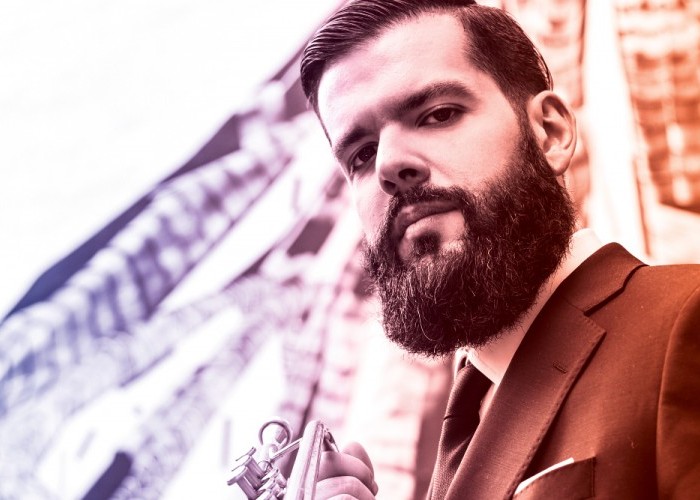
Josh Lawrence leads the band Color Theory.
(Photo: Ola Baldych)When New York trumpeter and composer Josh Lawrence created his Color Theory ensemble and concept, his intention was to move away from the narrative, topical nature of his previous works in favor of more evocative, elusive ones. He wanted fellow musicians and listeners to rely more on their imaginations to interpret the meanings of his songs. “It was really just about taking primary colors,” said the 35-year-old Lawrence, referring to the group’s self-titled 2016 debut on Posi-Tone.
Armed with gladiator-like technical prowess and a flaring tone, Lawrence steered his ensemble of pianist Orrin Evans, alto saxophonist Caleb Curtis, drummer Anwar Marshall, trombonist Brent White, bassist Madison Rast and keyboardist Adam Faulk through a dazzling set of modern post-bop originals on Color Theory (Posi-Tone). Compositions such as the surging “Red!” or the lovely “Purple (4 Prince)” crackled with melodic ingenuity, rhythmic panache and vigorous interaction. “I’m a very visual person,” Lawrence said, “but I don’t see color so much when I play; I see a lot of shapes and I feel the music as colors.”
For a follow-up, Lawrence wanted to expand upon his idea. He’d gone to the Guggenheim Museum and absorbed inspiration from a Wassily Kandinsky exhibition. Those large-scale paintings, marked by vivid splashes of colors and geometrical shapes, motivated Lawrence to compose songs based upon them.
He began writing with support from a Chamber Music America grant. Then life threw him a curve. Right before he and his wife, Ola Baldych, moved from Philadelphia to New York in 2016, Lawrence’s brother-in-law, Grisha, died suddenly; he was 29. That jarring experience, paired with Lawrence’s exploration into Kandinsky’s works, inform Color Theory’s new kaleidoscopic disc, Contrasts (Posi-Tone).
Color Theory now showcases a slightly different lineup. Bassist Luques Curtis and pianist Zacchai Curtis replace Rast and Faulk, while David Gibson now handles the trombone part. The first half of Contrasts focuses on Lawrence’s impressions of Kandinsky works, such as the coruscating “Dominant Curve,” which is animated by a side-winding melody, and the Afro-Cuban inflected “In The Black Square,” which connects a 1923 Kandinsky painting of the same title with New Orleans’ historic Congo Square.
Contrast shifts focus midway toward more narrative songs with specific meanings. The rattling “Blues On The Bridge” was partially inspired by Dr. Martin Luther King’s 1965 Selma to Montgomery march. The menacing “Gray” and the brooding ballad “Brown” pay homage to Freddie Gray (of Baltimore) and Michael Brown (of Ferguson, Missouri), two African Americans whose deaths at the hands of police sparked national outrage.
“It’s hard seeing injustices like that,” Lawrence said. “For someone to lose their life because they are in a systemic situation which they are born into, it’s hard to not let it affect you.”
Lawrence will tour throughout the year, including an Oct. 29 show at Dizzy’s in New York. DB
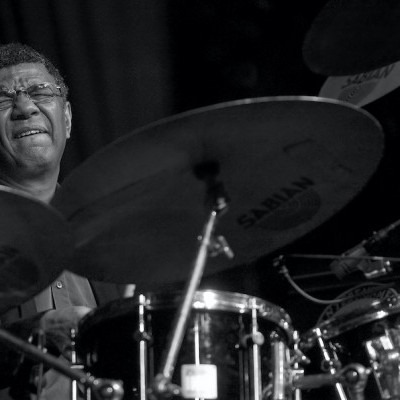
Jack DeJohnette boasted a musical resume that was as long as it was fearsome.
Oct 28, 2025 10:47 AM
Jack DeJohnette, a bold and resourceful drummer and NEA Jazz Master who forged a unique vocabulary on the kit over his…
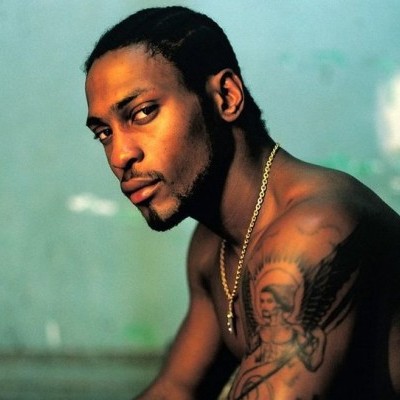
D’Angelo achieved commercial and critical success experimenting with a fusion of jazz, funk, soul, R&B and hip-hop.
Oct 14, 2025 1:47 PM
D’Angelo, a Grammy-winning R&B and neo-soul singer, guitarist and pianist who exerted a profound influence on 21st…
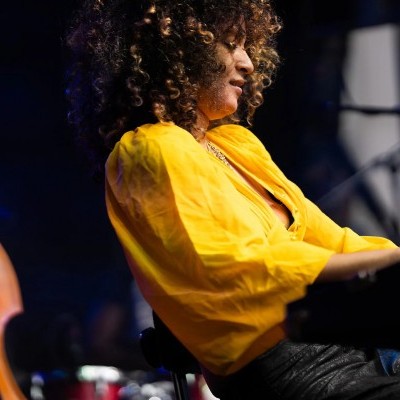
Kandace Springs channeled Shirley Horn’s deliberate phrasing and sublime self-accompaniment during her set at this year’s Pittsburgh International Jazz Festival.
Sep 30, 2025 12:28 PM
Janis Burley, the Pittsburgh International Jazz Festival’s founder and artistic director, did not, as might be…
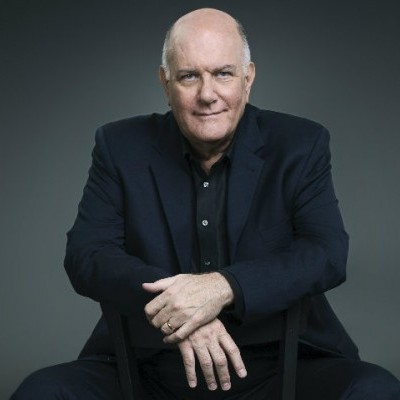
Jim McNeely’s singular body of work had a profound and lasting influence on many of today’s top jazz composers in the U.S. and in Europe.
Oct 7, 2025 3:40 PM
Pianist Jim McNeely, one of the most distinguished large ensemble jazz composers of his generation, died Sept. 26 at…
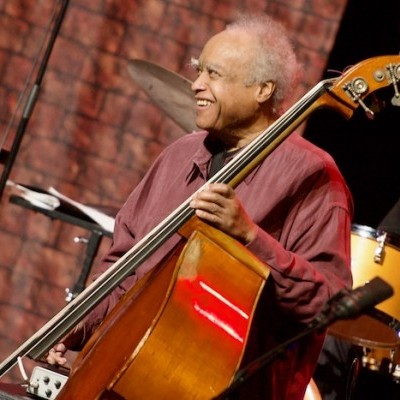
Drummond was cherished by generations of mainstream jazz listeners and bandleaders for his authoritative tonal presence, a defining quality of his style most apparent when he played his instrument unamplified.
Nov 4, 2025 11:39 AM
Ray Drummond, a first-call bassist who appeared on hundreds of albums as a sideman for some of the top names in jazz…